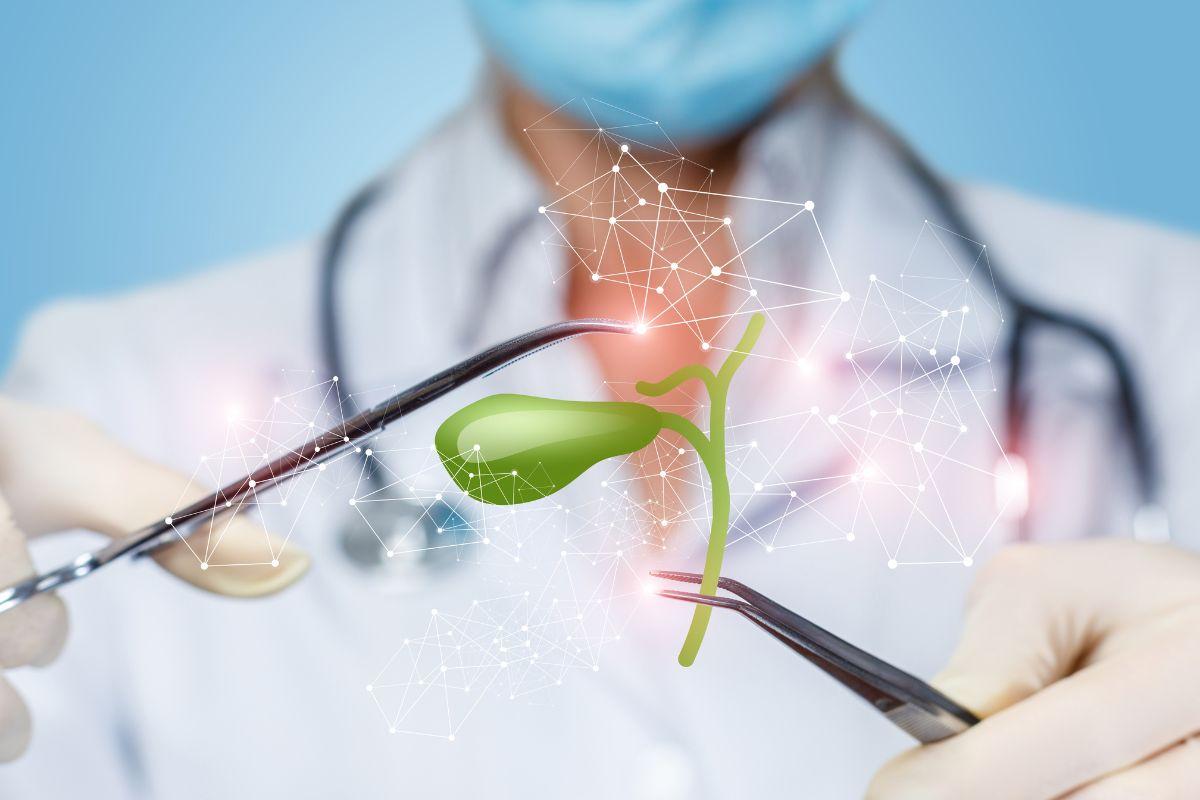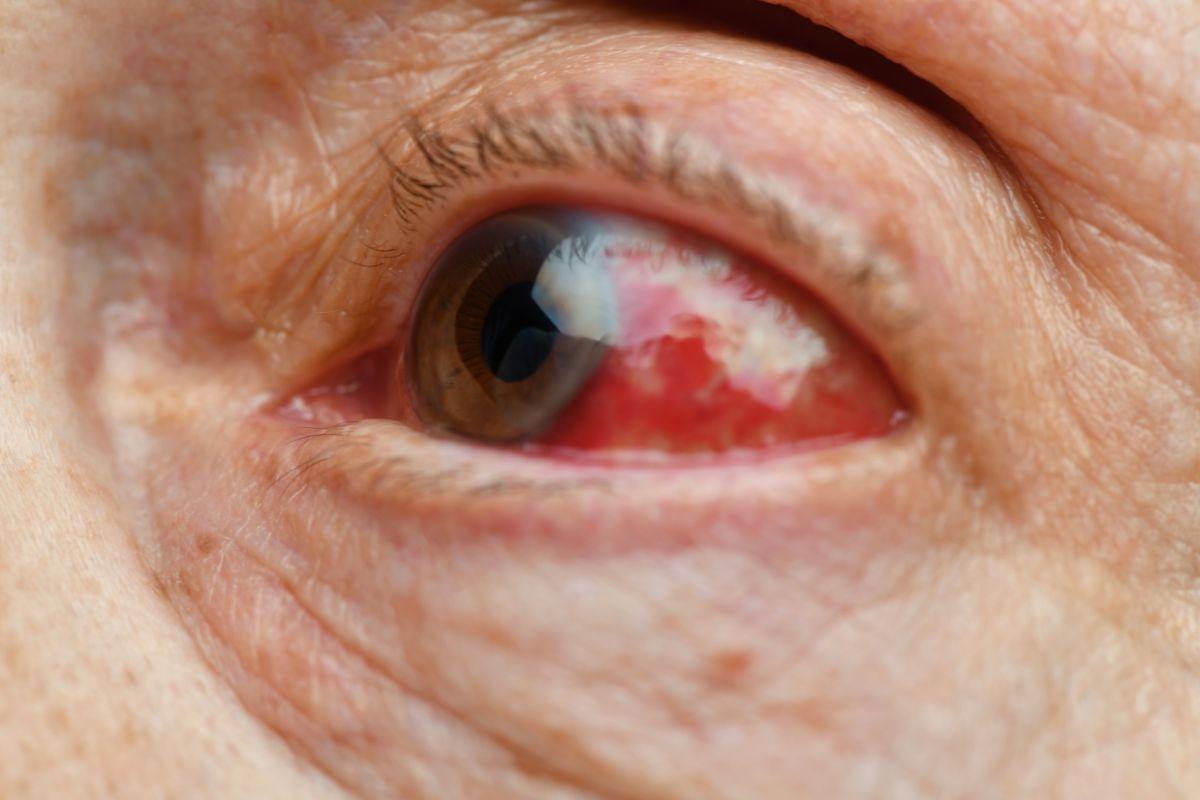Gallstones are a common cause of abdominal pain and can be worrying to diagnose. A gallstone is a small, hard crystalline mass formed in the gallbladder or bile ducts. While surgery is often the main treatment, not everyone with gallstones needs it. The general surgeons determine if the patient will be more benefited with a surgery or with the non-surgical options. Doctify helps patients connect with trusted general surgeons and GPs for personalised advice and treatment options.
What Are Gallstones?
Gallstones are hardened deposits of bile pigments, cholesterol, and/or calcium salts abnormally formed in the gallbladder, a small organ beneath the liver. The causes can vary, but can be due to imbalance in bile components (cholesterol, bile salts), obesity, rapid weight loss, or family history. The symptoms may include: sudden pain in the upper right abdomen or back, nausea or vomiting, indigestion after fatty meals or sometimes no symptoms at all (called: “silent gallstones”).
When Gallstones Become a Problem
Generally, many people have gallstones and live perfectly with them, without occasioning any problem. Nonetheless, the gallstones can become a problem when:
- Biliary colic: the pain appears when a stone is blocking the bile duct temporarily.
- Cholecystitis: the presence of signs and symptoms of infection or inflammation of the gallbladder.
- Jaundice or pancreatitis: this occurs if stones move into the bile or pancreatic ducts.
Symptom severity and frequency determine whether surgery is needed or not. Each patient is different, the general surgeon individualises the case and decides the best management.
Non-Surgical Options
There are non-surgical options available when the general surgeon considers surgery is not necessary, such as:
- Watchful waiting: small and symptom-free gallstones may not need treatment.
- Medications: prescribed oral bile acid pills can dissolve cholesterol stones (slow and rarely permanent).
- Diet and lifestyle: avoid fatty foods, eat smaller meals, eat more fruits and vegetables, drink plenty of water, and maintain a healthy weight.
- Endoscopic procedures (ERCP): it eliminates stones blocking the bile duct without removing the gallbladder.
When Surgery Becomes Necessary
When the patient has repeated gallstone attacks, severe symptoms, infection, inflammation, and/or complications like bile duct obstruction, the general surgeon determines surgery is the best option for the patient. The surgery is called Laparoscopic cholecystectomy (or keyhole surgery). It is the most common and minimally invasive procedure. It has multiple benefits, among the most important are relief of the gallstones symptoms and usually returning home the same or next day. Rarely, open surgery may be needed for complicated cases.
Recovery After Gallbladder Removal
Recovery depends on each case and each patient. Yet, most people recover within 1–2 weeks and some feel mild digestive changes but are temporary. Over time, liver and bile ducts adjust to the removal of the gallbladder, in order to aid digestion. As a result, quality of life typically improves once the gallbladder and the painful symptoms are gone.
When to See a GP or Surgeon
Patients should visit a GP or a general surgeon if they have persistent or severe upper abdominal pain, fever, jaundice, vomiting, and/or pain after eating fatty foods. GPs can arrange ultrasound scans and refer patients to general surgeons for assessment. Doctify allows easy booking with trusted specialists for evaluation and second opinions.
Preventing Future Gallstones
Just as it is important to offer surgery to patients who need it, as well it is important to educate them to prevent future gallstones. In order to prevent them:
- Have a balanced diet, drink more water, and avoid fatty foods. Include fibre-rich foods and healthy fats in meals.
- Maintain a healthy weight. Gradually weight loss if overweight, but importantly avoid rapid dieting.
- Avoid smoking and alcohol consumption.
- Exercise regularly, minimum 150 minutes weekly.
Conclusion
Gallstones can cause severe pain and blockage of the bile duct. Not everyone with gallstones needs surgery, but it remains the most effective solution for recurring pain or complications. Laparoscopic cholecystectomy (or keyhole surgery) is the most common and minimally invasive procedure. Nevertheless, non-surgical options are available when the general surgeon considers surgery is not necessary, such as watchful waiting, medications, diet and lifestyle, and Endoscopic procedures (ERCP). In any case, the early assessment with a GP or a general surgeon helps prevent serious problems like bile duct blockages or infection. We invite you to consult your GP or a verified general surgeon on Doctify to explore the best treatment options for your situation.
Find the right specialist for you. Doctify uses verified reviews so you can make the best decision for your healthcare.

Feel free to consult a general surgeon through Doctify for personalised advice whenever you want, we will be happy to help you! Find the best General surgeons in the United Kingdom or search for the best specialists globally:
- General surgeons in the United Arab Emirates
- General surgeons in Germany
- General surgeons in Austria
- General surgeons in Ireland
- General surgeons in Australia
Medically Reviewed
Last reviewed on 20/10/2025




